Water softening
Introduction
Water softening is the process of removing certain minerals and metals from hard water. The primary minerals that cause water hardness are calcium and magnesium, which are positively charged ions. The presence of these ions in water can lead to various problems, such as scale build-up in pipes, reduced efficiency of hot boilers and tanks, and adverse effects on laundry. The process of water softening, therefore, is essential in many residential and industrial settings.
Hard Water and Its Effects
Hard water is water that contains a high mineral content, primarily calcium and magnesium. These minerals are dissolved in the water as it passes through the ground and picks up minerals from rocks and soil. The degree of hardness becomes greater as the calcium and magnesium content increases.
The effects of hard water are numerous and can be problematic in both domestic and industrial settings. In the home, hard water can cause scale build-up in pipes and appliances, leading to reduced efficiency and increased energy costs. It can also lead to poor performance of soaps and detergents, as the minerals in hard water react with the soap to form a sticky scum rather than a lather. This can result in dull-looking laundry, dishes with spots and residue, and dry, itchy skin and hair.
In industrial settings, the effects of hard water can be even more significant. Scale build-up can lead to equipment damage and increased maintenance costs. It can also reduce the efficiency of heat transfer in boilers and cooling towers, leading to increased energy costs.
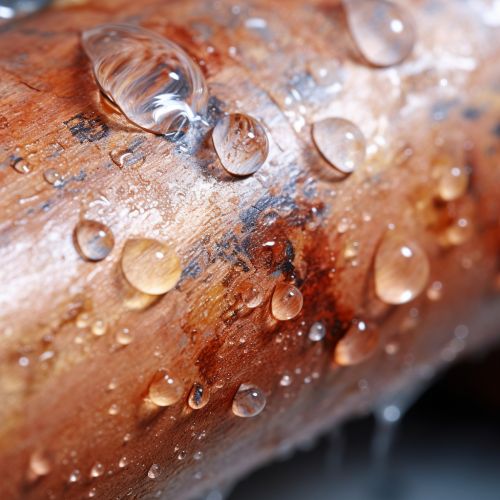
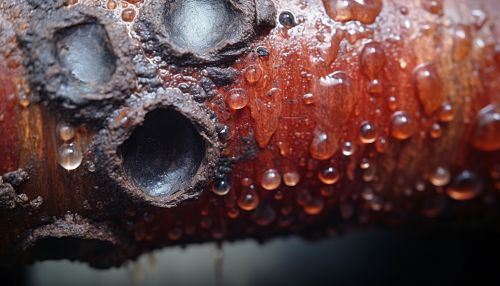
Water Softening Process
The process of water softening involves removing the calcium and magnesium ions from the water. This is typically achieved through a process known as ion exchange, in which the hard water is passed through a bed of resin beads that are coated with sodium or potassium ions. As the water flows through the resin bed, the calcium and magnesium ions are attracted to the resin beads and are replaced by the sodium or potassium ions.
There are two main types of water softeners that use the ion exchange process: salt-based water softeners and salt-free water softeners. Salt-based water softeners use sodium or potassium salts to regenerate the resin beads, while salt-free water softeners use a potassium-chloride salt substitute.
In addition to ion exchange, there are other methods of water softening, including distillation, reverse osmosis, and magnetic water treatment. However, these methods are less commonly used due to their high cost and energy requirements.
Salt-Based Water Softeners
Salt-based water softeners are the most common type of water softener. They work by replacing the calcium and magnesium ions in the water with sodium or potassium ions. This is achieved by passing the hard water through a resin bed, which is coated with sodium or potassium ions. As the water flows through the resin bed, the calcium and magnesium ions are attracted to the resin beads and are replaced by the sodium or potassium ions.
The resin bed must be periodically regenerated by flushing it with a salt solution. This process is known as backwashing. During backwashing, the resin bed is flushed with a salt solution, which recharges the resin beads with sodium or potassium ions.
Salt-based water softeners are highly effective at removing hardness from water. However, they do have some drawbacks. They require a regular supply of salt, which can be costly and environmentally unfriendly. They also add sodium or potassium to the water, which can be a concern for people on low-sodium diets.
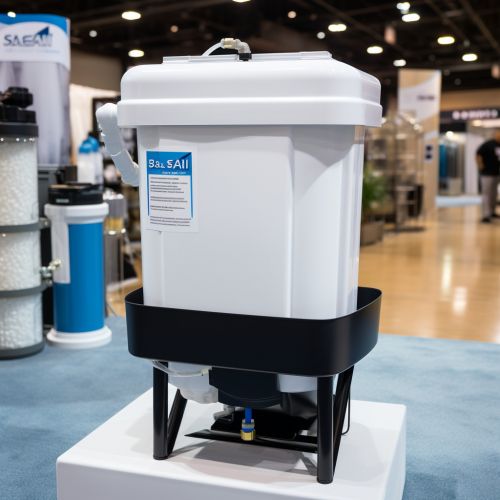
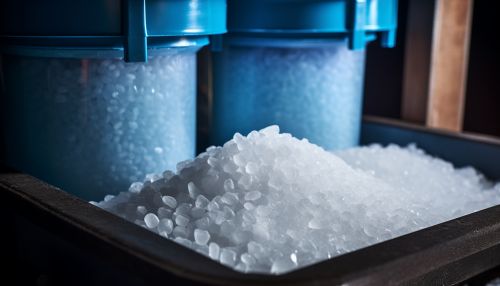
Salt-Free Water Softeners
Salt-free water softeners, also known as descalers or water conditioners, work by altering the chemical structure of the water minerals, primarily calcium and magnesium, so they do not adhere to surfaces. This is typically achieved through a process known as Template Assisted Crystallization (TAC) or Nucleation Assisted Crystallization (NAC).
Unlike salt-based water softeners, salt-free water softeners do not remove the calcium and magnesium ions from the water. Instead, they transform these ions into a crystalline form that does not adhere to surfaces. As a result, they do not cause scale build-up in pipes and appliances.
Salt-free water softeners have several advantages over salt-based water softeners. They do not require a regular supply of salt, making them more environmentally friendly. They also do not add sodium or potassium to the water, making them a better option for people on low-sodium diets. However, they are not as effective at removing hardness from water as salt-based water softeners.
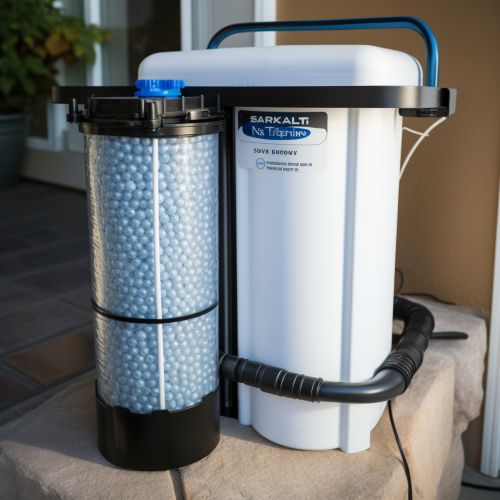

Other Methods of Water Softening
In addition to ion exchange, there are other methods of water softening, including distillation, reverse osmosis, and magnetic water treatment. However, these methods are less commonly used due to their high cost and energy requirements.
Distillation and reverse osmosis work by removing the minerals from the water entirely. This results in pure water, but it is a costly and energy-intensive process.
Magnetic water treatment, on the other hand, works by passing the water through a magnetic field. This alters the electromagnetic properties of the calcium and magnesium ions, preventing them from adhering to surfaces and causing scale build-up. However, the effectiveness of magnetic water treatment is still a subject of debate among scientists and researchers.
Conclusion
Water softening is an essential process in many residential and industrial settings. It involves the removal of calcium and magnesium ions from hard water, which can cause various problems such as scale build-up in pipes and reduced efficiency of hot boilers and tanks. There are several methods of water softening, including ion exchange, distillation, reverse osmosis, and magnetic water treatment. Each method has its advantages and disadvantages, and the choice of method will depend on the specific needs and circumstances of the user.
